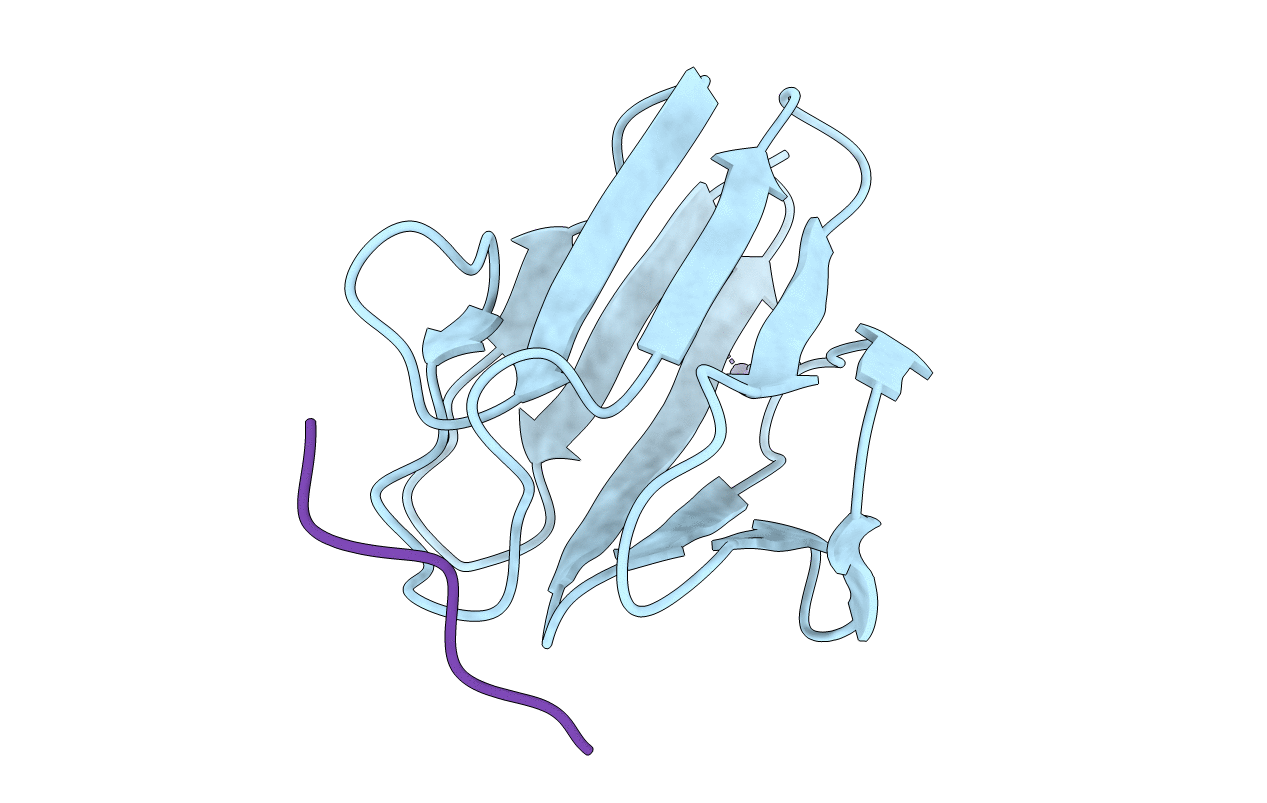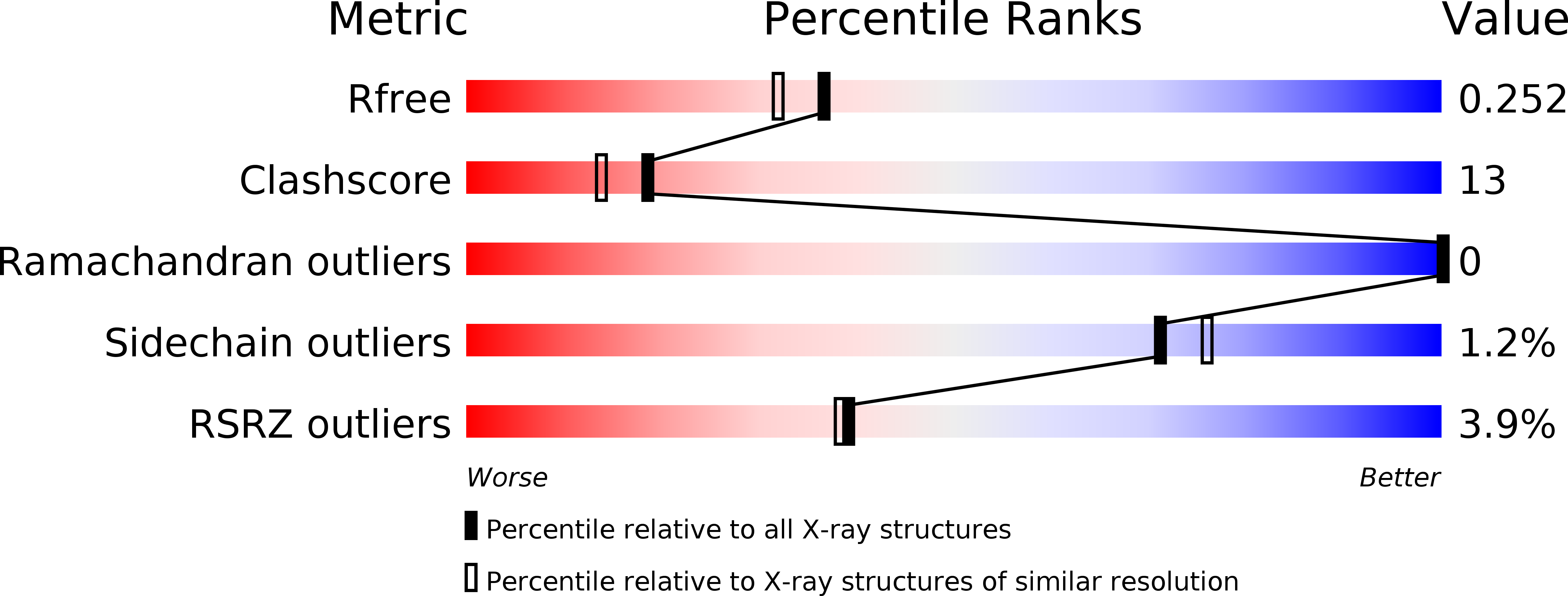
Deposition Date
2010-11-22
Release Date
2011-01-26
Last Version Date
2024-11-13
Entry Detail
PDB ID:
3POA
Keywords:
Title:
Structural and functional analysis of phosphothreonine-dependent FHA domain interactions
Biological Source:
Source Organism:
Mycobacterium tuberculosis (Taxon ID: 1773)
Host Organism:
Method Details:
Experimental Method:
Resolution:
2.01 Å
R-Value Free:
0.23
R-Value Work:
0.17
R-Value Observed:
0.18
Space Group:
C 2 2 21


